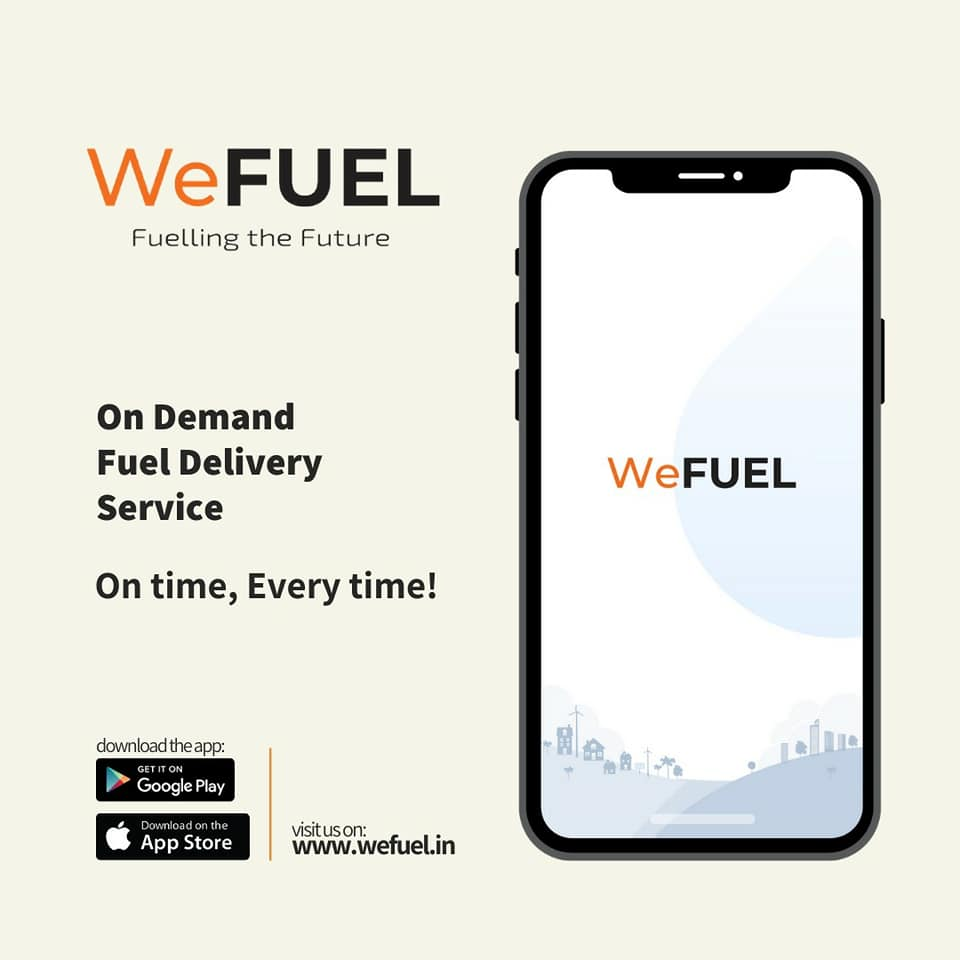In the very first class, professor Ting Li mentioned an app – WeFuel – which aims to radically change the way we think about fuelling our vehicles: on-demand gas delivery.
I was striked by this innovation, enabled by digital technologies: thanks to real time geolocalization, WeFuel will reach to the customer to fill up their gas tanks, instead of having the customer going to a gas station. This could be an important solution in case of emergency needs or to overcome accessibility issues in gas stations.

Given that the value proposition, as well as the business model, changed, I started wondering how extreme this change could be. At first, I thought of the possible downsides under the customers’ perspective: this service may be more expensive than traditional gas stations, because of its on-demand nature and the variable costs connected to the way it works – even though the usual (huge) fixed costs of running a gas station aren’t faced by the company. And so I thought: since fuelling vehicles is a repetitive action and what WeFuel‘s customers look for – apparently, at least – are comfort and convenience, why not charging a fixed price, a subscription, instead of having prices per gallon/liter? After all, gas is a commodity, just like water or electricity for households are: that’s how I thought of a “Gas-as-a-Service” approach. Customers can pay a monthly subscription tailored on their needs – whether in terms of quantity, frequency or assistance they require for each “fueling session”. Users can then upgrade their subscription if needed, or pay for extra “sessions” or extra liters every once in a while. Facing a premium price to be sure not to run out of gas ever again, or to never have to spend precious time waiting in a queue at a gas station seems completely reasonable. At the same time, WeFuel could gather much more data than traditional gas stations, enabling them to put the customer at the center and to use data analytics to optimize their offers.
I must note that, while writing this article, I’ve come across a company which has a very similar business model: 4Refuel. However, it is a B2B company, while I decided to focus on B2C business models.

Nevertheless, many questions arise: who would be willing to pay for this service? How pervasive does WeFuel‘s network of tank cars need to be? But most importantly: is there a future for businesses in the gas fuel market, given the transition to EVs?
Actually, the electric revolution could boost a service like WeFuel‘s: given the wind down of traditional gas stations (or, more probably, their reinvention as electric charging stations), an on-demand, Gas-as-a-Service approach could fulfill the needs of a to-be niche market. In fact, petrol-powered car enthusiasts could still enjoy their traditional vehicles while (happily) paying a premium price, which could be also seen as a way to deal with consumption externalities. But how long could this business last?

Overall, customer centricity and the ability to collect data, as well as the blend of digital and physical, position this idea as a possible digital disruption, but how feasible is it? And what’s its futurity?

